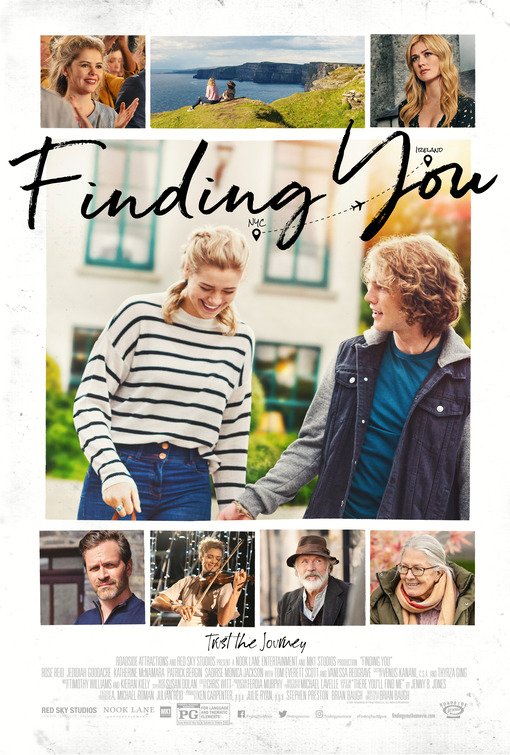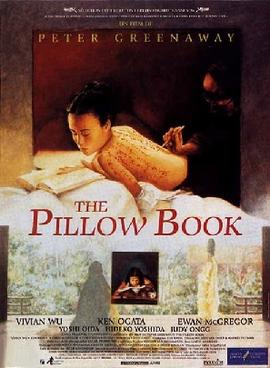"The Body As a Canvas"

| None | Light | Moderate | Heavy | |
|---|---|---|---|---|
| Language | ||||
| Violence | ||||
| Sex | ||||
| Nudity |
What You Need To Know:
This film is highly stylized. Calligraphy, elegance, music, and art are combined. The main message is that the homosexual publisher has corrupted all the men in her life with his seductive books. There are many other conceits in the film, as well as symbols within symbols, some strikingly beautiful images and the violation of some sexual taboos that will offend everyone. This is not a morally good film, but, it is a film crying out for morality.
Content:
(Pa, FR, L, VVV, SSS, NNN, A, D, M) Pagan worldview with a smattering of religious perspectives; 7 obscenities & some visual obscenities & borderline blasphemies; extreme violence including skinning a corpse, slitting a man’s throat, & overdosing on drugs; homosexual & heterosexual foreplay & stylized tableau depictions without intercourse or sodomy; full male & female nudity; alcohol use; smoking & drug use; and, lying, deceit, blackmail, & revenge
More Detail:
Peter Greenaway is an aesthetic director whose work will escape the attention of most parents but will most likely be be the subject of a film study course which their children will take in college. Each frame of his movies are constructed as an artistic masterpiece, and it is impossible to adequately describe the aesthetics of his lighting, composition, context, and other visual elements. Greenaway breaks the rules and yet makes sense of senselessness. He is an esthete, and it is this context that critics have raved about his films such as THE DRAUGHTSMAN’S CONTRACT and highly immoral THE COOK, THE THIEF, HIS WIFE & HER LOVER. He is funded by international film grants and has film festivals dedicated to him. He combines the literary aspirations of James Joyce with the symbolism of a Maeterlinck, the surrealism of a Dali, and the art of a Reuben.
Therefore, just describing the plotlines of his movies misses 90% of their essence. This is particularly true of THE PILLOW BOOK.
The traditional Japanese pillow book is similar to a diary. Each chapter, which is called a book, is about a different element of life such as beauty, elegance, grace, joy, death, silence, and secrets. Each chapter is highly stylized calligraphy. Mr. Greenaway contends that in the East and in the West calligraphy is the most perfectly abstract of all the arts. He believes that calligraphy is the means by which thought is “white ground.” He tells us that, “it may be that there are two simulations in life that can be sooner or later, guaranteed to excite and please − sex and text, flesh and literature.”
THE PILLOW BOOK deals with a young girl, Nagiko, who is given a pillow book on her 5th birthday. This particular book was written by a female courtier who lived during the Heian Dynasty. When Nagiko turns 28, this book will be 1000 years old. Her aunt reads the book to her. It is written in exquisite calligraphy, listing in the first chapter elegant things such as plum blossoms in the snow and indigo paper.
On this birthday, as he does on every one of her birthdays, Nagiko’s father, a calligrapher, paints her name on her face while telling her that God took clay and painted on the eyes and the lips and each person’s name so that they might never forget it, and then God signed His own name on the back which brought the person to life. Nagiko’s father also signs his name on the back of her neck. This tradition of signing her name on her face (similar to face painting but much more elegant) takes on special meaning for Nagiko.
As her aunt reads to her, Nagiko accidentally and surreptitiously sees her father in a sexual relationship with his male publisher. Later in her life, she realizes that her father’s publisher comes to visit every year on her birthday so that he can sexually violate her father. As the years pass, she comes to understand that the publisher is literally “scr**ing” her father, something that most writer’s only feel figuratively.
The homosexual publisher is the villain, destroying both her father, then her husband and finally her lover. After she divorces her husband, Nagiko goes looking for the ideal man to write calligraphy on her body which she pays back in flesh. Eventually, she decides to make a flesh calligraphy book, which the publisher rejects. She seeks revenge by seducing the publisher’s male lover, an Englishman named Jerome, and then writes her text all over him. They fall in love in the process.
When Jerome goes back to the publisher, the publisher agrees to print Nagiko’s books but resumes his homosexual relationship with Jerome. Accidentally and surreptitiously, she sees them in the act of sodomy and decides to take revenge. She also refuses to see Jerome.
Jerome is so love sick that he kills himself. The publisher skins Jerome’s corpse and turns his body into a book.
Nagiko seeks to buy back the skin by sending the publisher new chapters on different men, ending with the chapter on death, written on a sumo wrestler who helps the publisher commit suicide.
Her revenge complete, Nagiko gives birth to a daughter and paints the daughter’s name on her face, with the same words her father used that God first created the eyes and the lips and wrote the name of each person on him, lest they forget.
Much of this film is highly stylized. When Nagiko becomes a model, a second frame is introduced in a corner on the movie which shows an ancient courtier. This inserted frame moves around the main film frame. The insert frame depicts the past and the future, memories and ideas, text and calligraphy.
Calligraphy is found everywhere. Elegance, music and art are combined.
Clearly there are some messages here. The homosexual publisher has corrupted all the men in her life, with his seductive books. He is the source of evil with his seductive texts. In this way, the film confirms what researchers have found in the U.S. that pornography has caused men to become auto-eroticized and has led them into perversion and homosexuality. From this perspective, this is a woman’s film. When Nagiko is freed from the publisher, she can have a child and a life as a mother.
There are many other conceits in the film, as well as symbols within symbols, some strikingly beautiful images and the violation of some sexual taboos that are meant to offend everyone (especially the publisher’s skinning Jerome’s corpse and then fondling the book made from Jerome’s skin).
This is not a morally good film, but, it is a film crying out for morality. It is not a film to support at the box office, but it will become a classic at film festivals.
At best, this film says that Peter Greenaway needs hope. Perhaps, he knows that because at one point, Jerome, whose name is a clear reference to the saint who was the author of the Vulgate edition of the Bible, writes the Lords Prayer on Nagiko’s flesh seeking forgiveness while desecrating the Holy at the same time.



 - Content:
- Content: 

 - Content:
- Content: 
